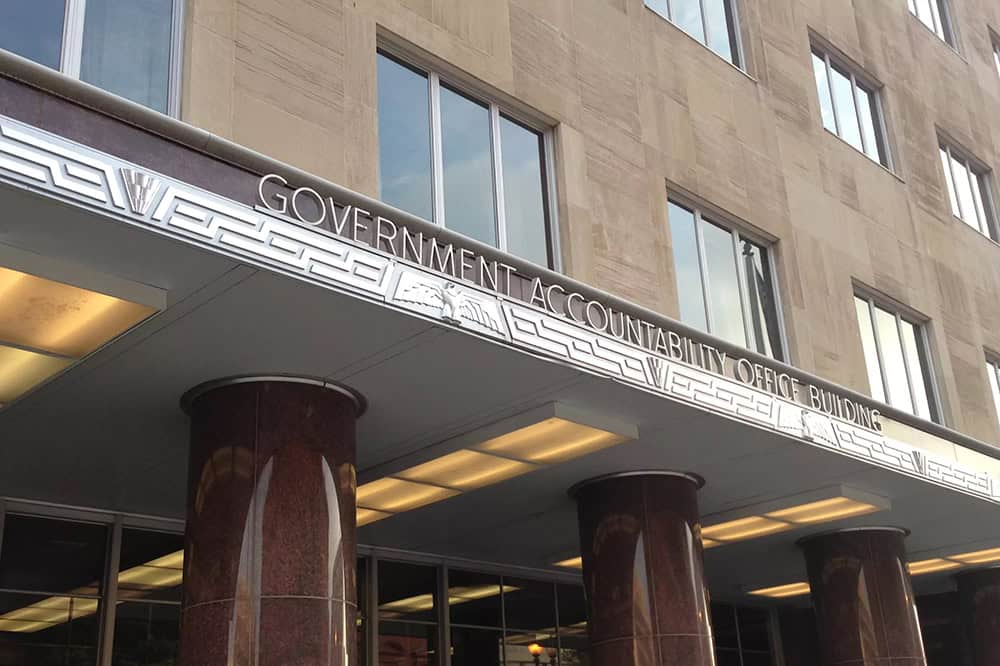Public schools for students in kindergarten through 12th grade (K-12) are financed through a combination of local, state, and federal dollars in proportions that vary across and within states. In the 2022 fiscal year, the most recent data available, spending for public K-12 education totaled $857 billion from all sources.
State and local governments provide the vast majority of funding for K-12 education — 86 percent of all school funding. State governments rely on formulas that distribute education funds among school districts. Those school districts use state dollars and additional revenue raised from federal and local sources to fund individual schools. Although both states and localities apply approaches intended to allocate funds fairly, disparities nevertheless occur. Those disparities primarily stem from the sources of revenues and the varying costs of providing education in each school district.
Meanwhile, the federal government provides a small share of education funding through specific grant programs. They are designed to supplement funding for schools with at-risk youth, including students with disabilities or from low-income households. During recent economic downturns, federal spending has also helped supplement diminished school funding from state and local sources.
Federal Funding Programs for K-12
The federal government provides support for K-12 education through specific grant programs administered by the states to school districts. Federal dollars supplement state resources by narrowing funding gaps for at-risk students through programs such as Title I grants under the Elementary and Secondary Education Act (ESEA) and Part B grants under the Individuals with Disabilities Education Act (IDEA). Federal funds made up $119 billion or roughly 14 percent of total education funding during the 2022 fiscal year. That amount has doubled from pre-pandemic levels ($58 billion in 2019) partially due to legislation enacted in response to the COVID-19 pandemic, which provided emergency relief funding to address the impact that COVID-19 had on elementary and secondary schools.
Title I ESEA
Title I grants provide funds to school districts serving large shares of low-income students. It is the largest grant program of ESEA, totaling $15 billion during the 2022 fiscal year. Those funds are allocated through four formulas that are based on the number of eligible students and several provisions, including a state's target level of funding per student. Eligible students include children ages 5 to 17 in:
- low-income families;
- institutions for neglected or delinquent children or in foster homes; and
- families receiving Temporary Assistance for Needy Families payments.
Part B IDEA and Other Programs
During the 2022 fiscal year, the federal government provided $12.5 billion in IDEA grants to states. Those funds are awarded through a formula based on a state's total population with disabilities between the ages of 3 and 21, the percentage of those individuals living in poverty, and the state's IDEA appropriations in 1999.
The federal government also allocated $29 billion for child nutrition, which was used to reimburse schools that provided free or reduced-price lunches to eligible students. About $1 billion of federal funds went directly to school districts for various programs including Impact Aid. In addition, the federal government provided $0.7 billion for vocational programs and $57 billion on the aforementioned programs for which reporting units could not provide distinct amounts.
State Funding Formulas for K-12 Education
States use formulas that aim, at least in part, to equitably distribute education funding across school districts. Although their ability to do so is limited by the resources available, those formulas account for locally raised revenues and the needs of students in each district. As a result, the state's share of education funding tends to be higher in school districts with a low capacity to raise revenues. State funding is also higher in school districts with a large concentration of students who are English-language learners, have low family incomes, or have other special needs.
Nearly all states (46 out of 50) primarily allocate education funds through foundation program formulas. Such programs establish a minimum level (or "foundation") of funding per student and ensure that each school district receives enough school funding to meet that foundation. The funding provided through foundation programs may also take into account different student characteristics, such as family income and disability status, to ensure at-risk students receive sufficient resources.
Local Funding Methods for K-12
In addition to the revenues allocated by the federal and state government, school districts raise funding at the local level, in general by levying local property taxes. Once revenues are raised and allocated from federal, state, and local sources, school districts are tasked with distributing that funding to each school in the district. School districts have typically allocated teachers, administrators, and equipment to each school while calculating funding per student retroactively based on the resources assigned.
In recent years, a number of school districts have moved away from that process and have begun to develop budgets for individual schools that apply the concept of weighted student funding formulas to assign resources based on student need. Proponents of student-based allocation argue that it would improve transparency by reflecting actual expenditures per school and promote equity by linking resources to specific needs. However, many states have layers of rules that limit the application of this new approach. Moreover, as a relatively new practice among school districts, comprehensive research on its effects is not yet available.
Why Does Education Funding Differ Across School Districts?
Nearly 43 percent of funding for public education stems from local taxes. As a result, funding can vary widely among school districts based on the wealth of families living in them. School districts with high-value property are often able to fund their schools above the minimum level established by the state, contributing to wider disparities. Those disparities become more apparent during economic downturns because wealthier school districts benefit from relatively stable revenues from property taxes. In contrast, funding for school districts more reliant on the state, and specifically a state income tax, tends to vary with economic performance. Ultimately, the variation in school finance systems produces disparate results, with some states spending far more on each student than others.
Differences in wealth among districts are partially attributable to remnants of racial covenants — legal contracts embedded in property deeds to prevent nonwhite people from moving to an area. Although those covenants have not been enforceable for decades, their impacts persist today. For example, a 2019 analysis by EdBuild found that predominantly nonwhite districts received $23 billion less than predominantly white districts from state and local governments despite serving the same number of students.
Despite school districts allocating resources based on standardized factors like student-teacher ratios that, in theory, should fairly distribute funding per student between schools, there can be significant disparities in the amounts actually spent on schools within a district. That can partially stem from the school district’s practice of distributing resources, not dollars, which masks higher spending for some schools. For example, a school assigned educators with more experience would receive higher funding for teacher compensation.
While state financing programs aim to fairly distribute funding and resources across all school districts, no state is capable of fully equalizing funding disparities. Those disparities are driven by differences among districts in the cost of education as well as the ability and willingness of districts to spend money on education. Further, while financing from the federal government has resulted in increased funding for disadvantaged students, the method of financing is also limited.
How Has Education Funding Changed over Time?
Over the past century, the local share of education funding has declined, with state funding largely making up the difference. The federal share of education funding has been relatively constant over the last 40 years after generally rising from 1920 to 1980.
State revenue streams are an important tool in limiting funding disparities, but can be particularly volatile during recessions, leading to reductions in funding for programs like education. In recent economic downturns, such as during the Great Recession, federal support increased to offset declines in state resources. However, while federal funding was used to mitigate state-level declines during the 2007–2009 recession, average education funding declined when the economy recovered and federal funding tapered off. Many states did not compensate for the loss of federal funding; in 2019, 17 states spent less than they did in 2008 (in inflation-adjusted terms), according to the Pew Charitable Trusts.
In response to the COVID-19 pandemic, the federal government sent an additional $190 billion to states and school districts in emergency funding for K-12 education. That investment is nearly triple the amount the federal government spent on K-12 education in the previous school year and increased the share of education revenue received from federal sources. That spending was intended to assist schools in responding to the pandemic while maintaining academic progress. Federal spending on K-12 education is expected to return to pre-pandemic levels in subsequent years.
Conclusion
K-12 education funding is an important investment in our future. Understanding the complicated joint commitment and relationships among local, state, and federal governments to fund education is a key part of discerning its place in the budget among other priorities and against the backdrop of an unsustainable federal fiscal outlook.
Further Reading
How Much Can the Administration Really Save by Cutting Down on Improper Payments?
Cutting down on improper payments could increase program efficiency, bolster Americans’ confidence in their government, and safeguard taxpayer dollars.
How Do Quantitative Easing and Tightening Affect the Federal Budget?
The Federal Reserve plays an important role in stabilizing the country’s economy.
Can a Rescissions Package Help Lawmakers Formalize DOGE Cuts?
Rescission packages can serve as a tool for the President and Congress to manage and control government spending through a formal statutory process.


